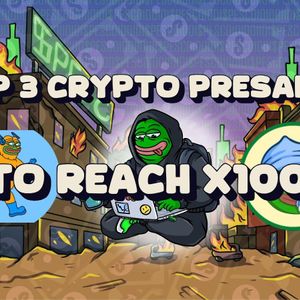Latest News
-
 Bitcoin Whales Seize 68% of Supply After Adding 218,570 BTC
Bitcoin Whales Seize 68% of Supply After Adding 218,570 BTCCrypto Potato 2025-07-31 10:50
-
 Whales Keep Buying the Dips: 310M DOGE Snapped Up in a Day
Whales Keep Buying the Dips: 310M DOGE Snapped Up in a DayCrypto Potato 2025-07-31 10:47
-
 Sam Altman's OpenAI will expand to Norway
Sam Altman's OpenAI will expand to NorwayCryptopolitan 2025-07-31 10:46









